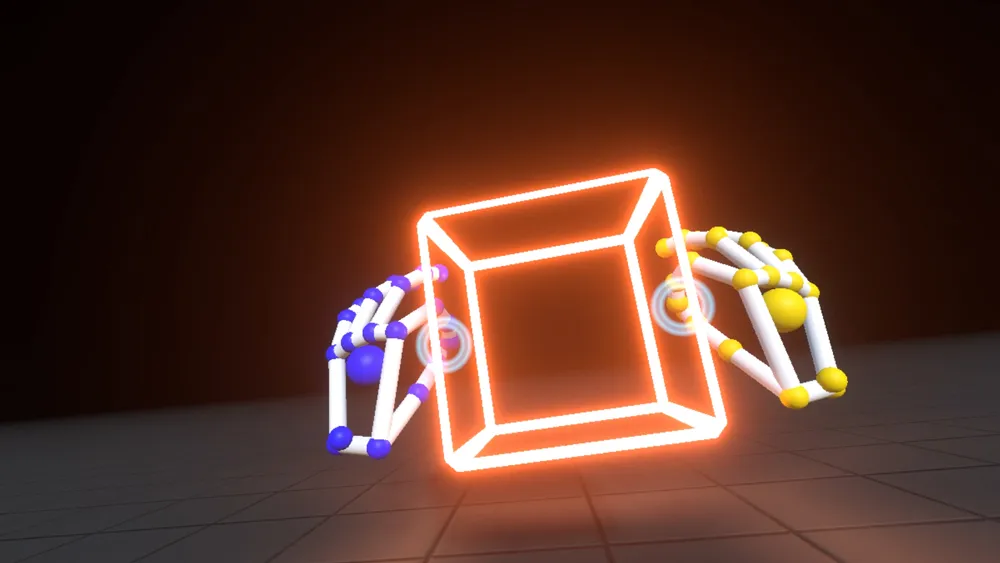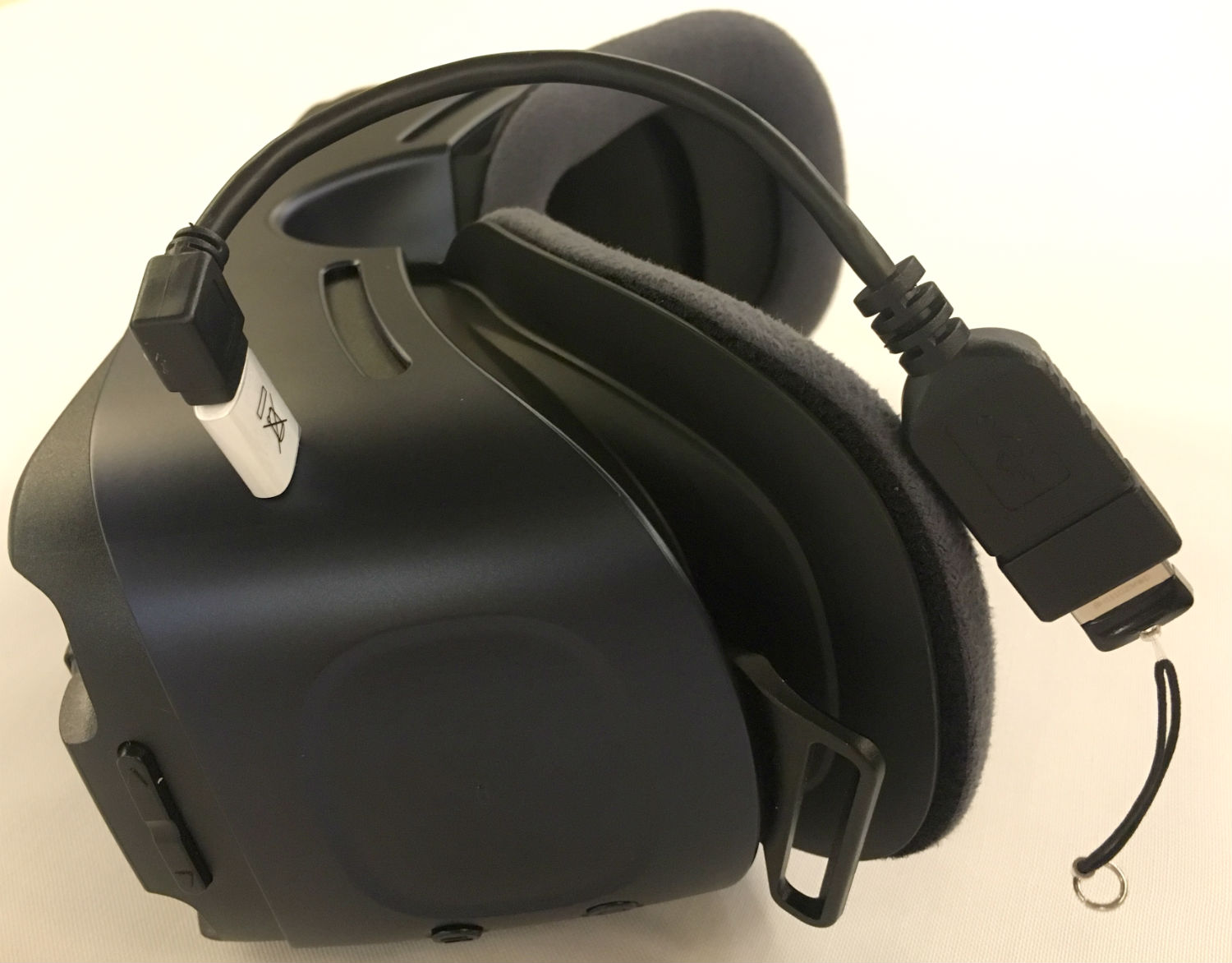One of the big new features of the Samsung Note 7 and its new Gear VR is USB-C — the new standard that’s not only easier to connect because the plug is reversible, but can be used to communicate data with external devices like a thumb drive.
And it also should be capable of working with Leap Motion’s impressive hand tracking technology. You read that right. It’s sounding like hand tracking is going to be possible with Gear VR.
“Yes, now that the new USB connector offers data transfer, you can plug a Leap Motion peripheral into the port,” a Leap Motion spokesperson wrote in an email in response to a question about USB-C and the new Gear VR. “But, you’d also need our Android SDK in order to make it work.”
That software development kit is currently in “private alpha” with more information coming later this year, according to Leap Motion.
The company has been offering an $80 sensor which either sits on your desk or mounts to a VR headset to recognize hand and finger movements. The company’s impressive “Orion” software update earlier this year brought huge updates to accuracy, making the technology more usable.
Google’s Daydream VR platform is ready to debut soon and it features a basic motion controller. That’s a huge step up in immersion from the gamepad or touchpad used for the Gear VR since it launched. Hand tracking, however, can have a powerful effect on immersion. After years of putting people through countless VR demos it gets old seeing them immediately looking for their hands in VR and seeing nothing. In fact, I’ve had people pull off the Gear VR because they were uncomfortable holding a traditional gamepad. When used right, hand tracking can only make VR more intuitive and available to a larger set of people.
“We’re testing with many headsets,” the Leap Motion spokesperson wrote. “Android continues to be a focus for us.”
While hand tracking is possible, I asked Oculus CTO John Carmack earlier today whether the new Gear VR can pass through data to a PC — potentially allowing people to hook it up to a computer at high speeds for interesting use cases. An app called VRidge, for example, tricks a PC into seeing a Cardboard headset as a desktop VR headset like the Rift. You wouldn’t want to try leaning around in VR because there would be no position tracking, and there might be added latency, but for some budget conscious buyers it might be an option. Unfortunately, if Carmack is right, it doesn’t sound like this will work well — or at all — for Gear VR.
“I think you can only connect USB slave devices, not another master like a PC,” Carmack wrote. “The phone is master to the HMD touchpad and sensor.”
So while this particular hack might be out of the question (working around the Gear VR’s sensor and touchpad doesn’t seem like a good idea), we want to see the hand tracking technology as soon as possible. It’s pretty far-fetched at this point to imagine Samsung or Oculus collaborating on a hand-tracking peripheral for Gear VR in partnership with Leap Motion, but, now that I know it’s technically possible, I want it.






























